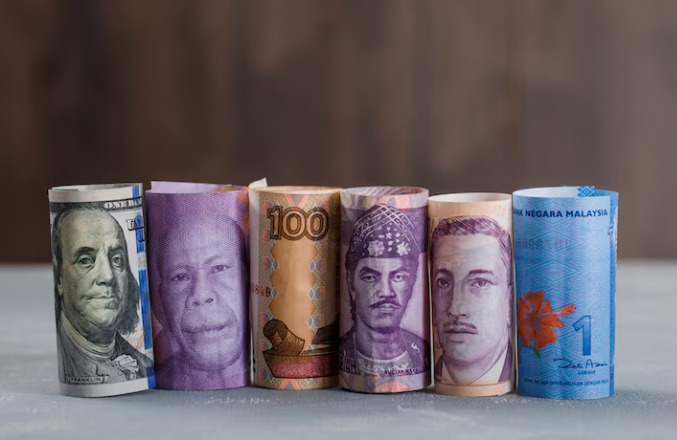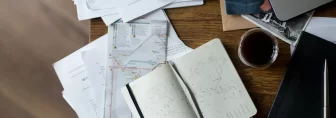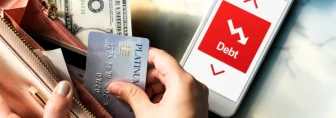A Beginner’s Guide to Collecting Old Foreign Currency

The fascinating hobby of currency collecting offers a unique glimpse into different nations’ history, artistry, and culture. For beginners, the world of old currency can seem daunting, with many factors to consider, from rarity and condition to value and authenticity.
However, currency collecting can be an enjoyable and rewarding pastime with the right guidance and knowledge. In this beginner’s guide, we will explore the basics of collecting old foreign currency, from getting started to understanding the factors that affect the currency’s value.
Ready? Let’s check out the steps to a successful collecting journey!
1. Conduct Thorough Research
Conducting research will help you make informed and confident decisions when purchasing, selling, or valuing your collection. Through it, you will learn more about old foreign currency value, availability, authenticity, and other relevant factors.
When researching, use reliable sources such as respected auction houses and numismatic websites. You can also join online forums or local groups to connect with other collectors and share useful information.
Furthermore, visit local libraries or museums specializing in numismatics, as these institutions often have extensive collections and knowledgeable staff who will guide you on this exciting journey. Also, consult with experts such as professional numismatists or appraisers who have years of experience and will show you how to value and authenticate old currency.
2. Determine a Budget and Start Small
Like with any hobby, going all-in at the beginning can be tempting, but this will quickly lead to overspending and disappointment. Instead, begin by setting a reasonable budget and focusing on a particular type of currency or historical era.
Remember, collecting old currency is a journey, not a race. So take your time, start small, and enjoy the process of discovering the unique stories and histories behind each piece. Starting small and sticking to a budget will allow you to build a collection that brings you joy and hold its value over time.
3. Find Reputable Dealers
Look for dealers who have been in business for a while and have a good reputation in the numismatic community. Established dealers are likelier to have a track record of providing authentic pieces and good customer service. Look for reviews and testimonials from other collectors who have done business with the dealer.
Also, try to attend coin shows and auctions to meet dealers in person and inspect their currency offerings. This can help you gauge their knowledge and expertise and assess the quality of their products.
4. Join A Community of Currency Aficionados
Joining a community of currency collectors can be a great way to connect with like-minded individuals, learn new things, and gain insights and resources into the world of old currency.
Additionally, connecting with other collectors can help you expand your collection and gain access to pieces that you may not have been able to find on your own. Being part of a community also provides a sense of camaraderie and shared passion, making the journey of currency collecting all the more enjoyable.
5. Asses The Condition Before Buying
When searching for well-preserved currency, examine the note or coin carefully. Look for crisp edges, clean surfaces, and vivid colors. Check for any creases, tears, or discoloration, as these can significantly affect the currency’s value.
Additionally, pay attention to the grading system used to evaluate the condition of the currency, as this can help you understand its actual value.
Tips for Handling Coins and Banknotes
Banknotes and coins are precious artifacts that you can easily damage if not careful. One way to preserve their quality and life expectancy is to limit physical contact with them as much as possible and handle them lightly to minimize wear and tear.
Ensure your hands are clean when handling banknotes and coins to prevent transferring oil or dirt onto them. For an extra layer of protection, wear cotton or latex gloves, and avoid viewing or handling them near potential spillages. When removing banknotes or coins from their holder or sleeve, do so with care to avoid accidental tears or creases.
When it comes to coins, only hold them by the edges to avoid damage to the surface. To prevent unwanted scratches and other damages, work with coins on a soft surface like a felt pad. Also, avoid using abrasive or harsh cleaning methods, which can damage the surface and reduce the coin’s value.
Tips for Storing Coins and Banknotes
Invest in a specialized album specifically designed for banknote storage. It’s advisable to opt for a folder with sleeves made of “Mylar,” an inert plastic known for its durability and non-reactive properties. Cheaper plastic wallets can emit plasticizers that can damage the notes.
For coins, use specialized coin holders to preserve their quality and make sure you don’t lose them. Finally, store your valuables in a dry and cool place, away from direct sunlight, to prevent them from tarnishing or corroding.
What Affects the Value of Old Currency?
The rarity of a particular currency is one of the most significant factors affecting its value. The fewer notes or coins produced, the higher the value will likely be. The condition of the currency also plays a huge role. Well-preserved banknotes or coins without much damage or wear are worth more than those with heavy tears and creases.
The historical significance of foreign currency can also impact its value. Currencies that played a crucial role in significant events or were issued during times of political or economic upheaval are more precious to collectors.
Finally, when there is high demand for a particular type of currency, its value increases. Demand is influenced by various factors, such as popularity, collector trends, and market conditions. For example, if a particular country or era becomes more popular among collectors, the demand for currency from that country or era will likely increase, driving up its value.
Always consider these factors when evaluating a particular piece’s worth to make the right buying decision.
Enrich Your Life With the Fascinating World of Old Currency
Currency collecting is not just about the monetary value of a piece – it’s also about the emotional value. Whether it’s the memory of a trip abroad, a connection to one’s heritage, or simply an appreciation for the artistry and craftsmanship of old currency, nostalgia is a powerful motivator for currency collectors.
So, if you’re just starting, remember to cherish the stories and memories behind the pieces in your collection, as they truly make currency collecting a valuable and rewarding hobby.
Good luck!
Additional:


























